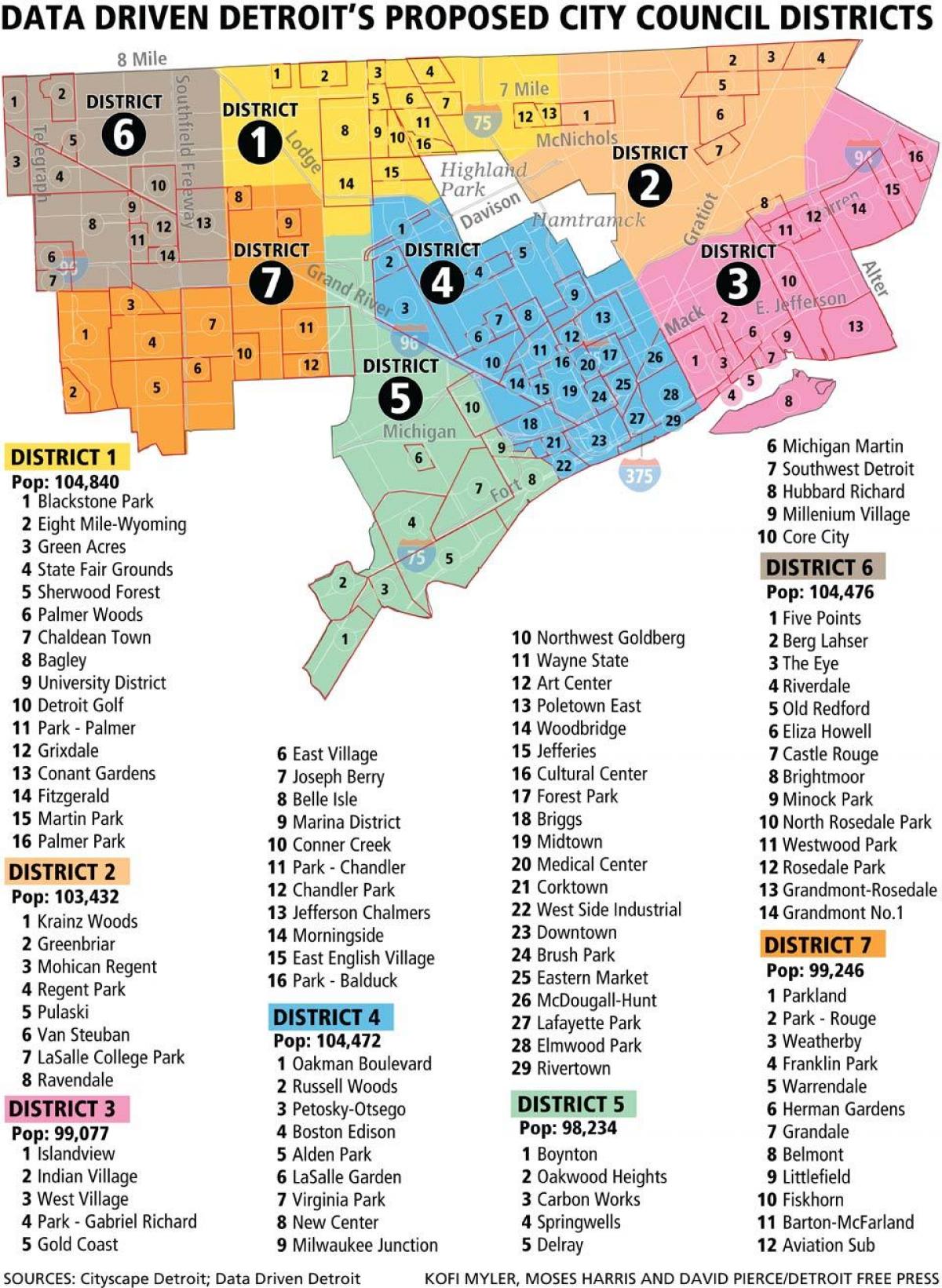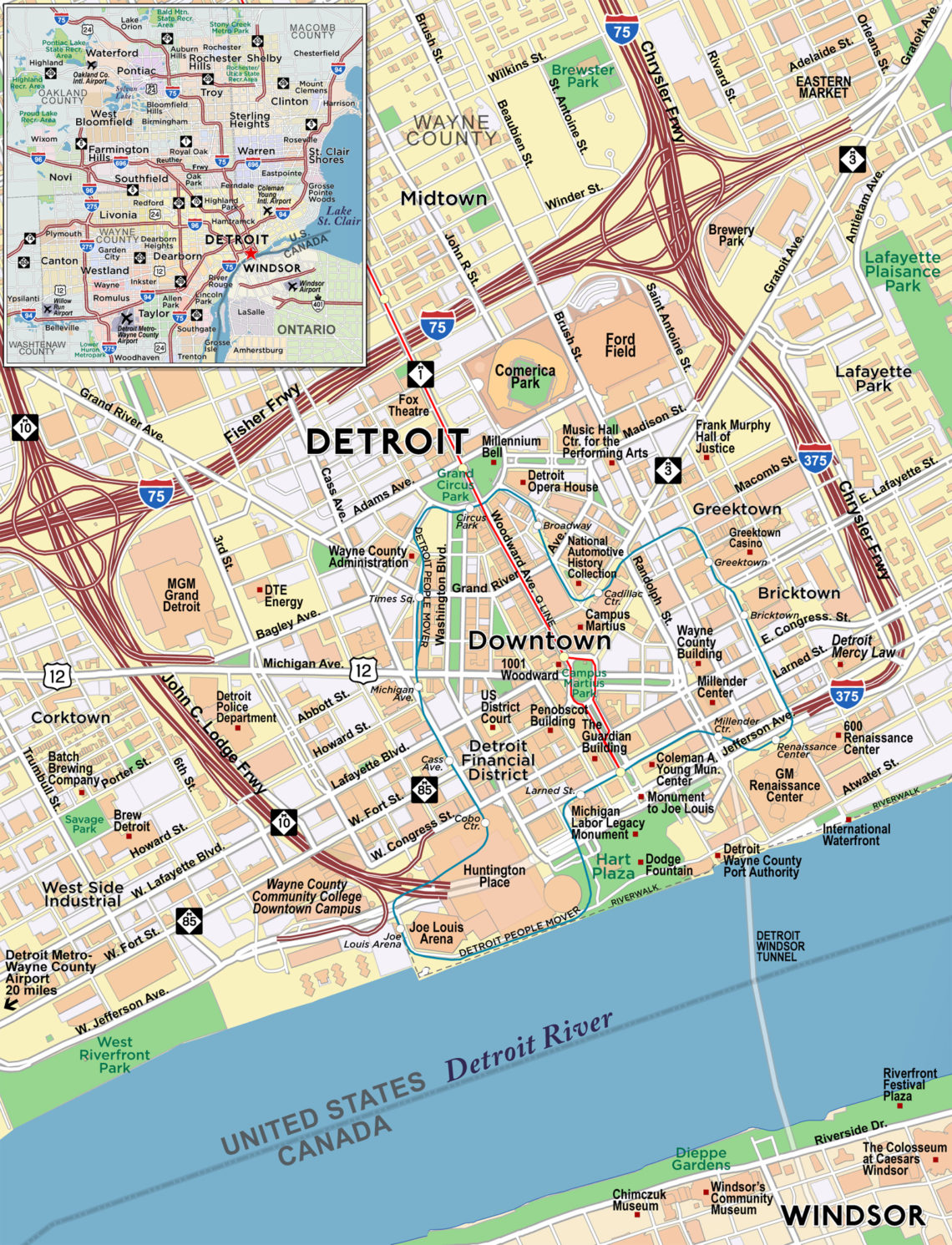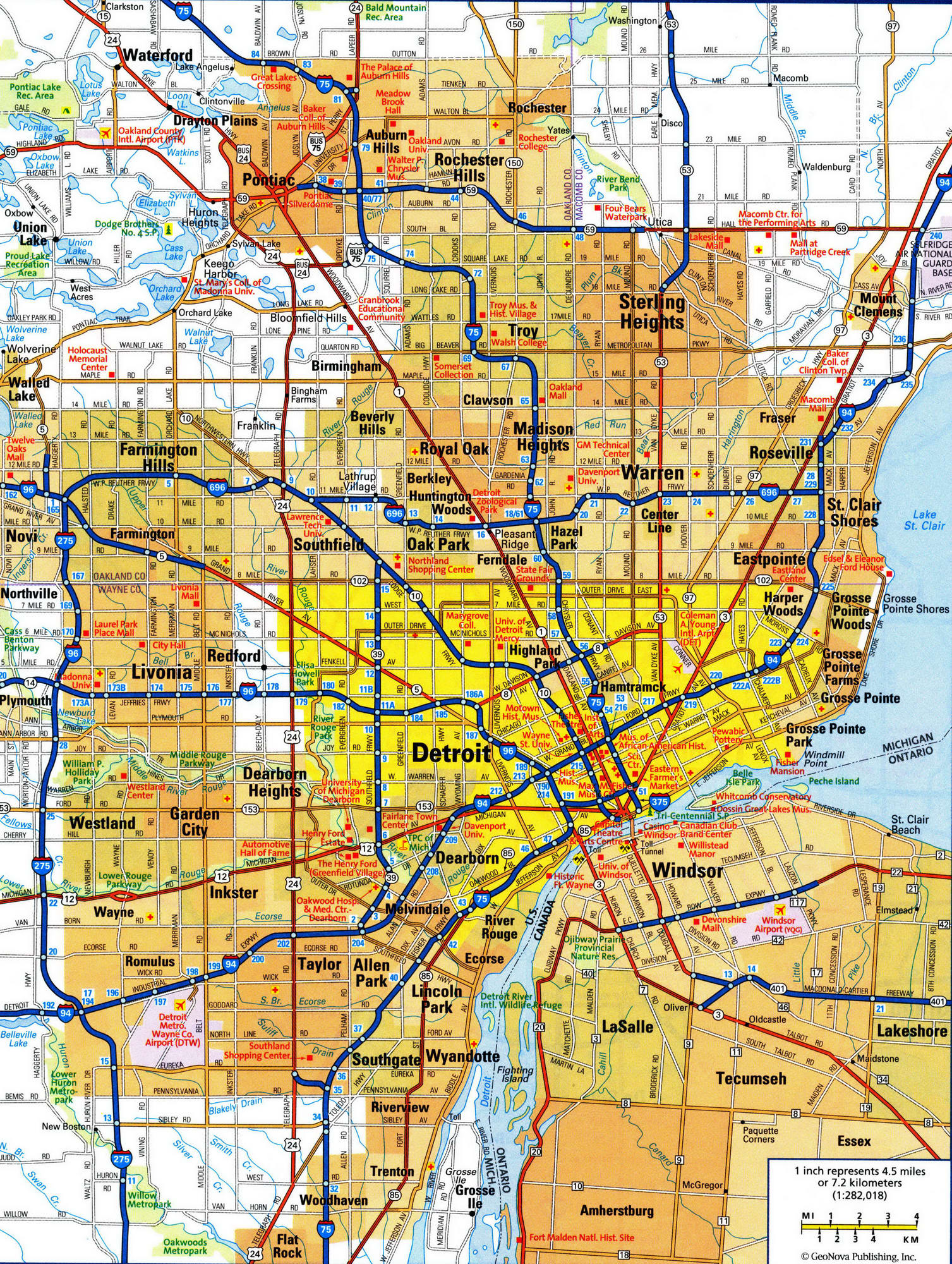Is Detroit a city of rebirth or a relic of a bygone era? The Motor City, once the gleaming heart of American industry, is undergoing a complex transformation, a dance between the echoes of its past and the ambitions of its future.
Detroit, a city steeped in history and innovation, sits on the banks of the Detroit River, a strategic waterway connecting the Great Lakes. Founded in 1701 by Antoine de la Mothe Cadillac, the city's initial purpose was for fur trading. Over the centuries, it has evolved into a global center for industry, a crucible of music, and a vibrant cultural hub. Detroit's story is one of immense achievements and devastating setbacks, a narrative that mirrors the broader narrative of the United States itself.
To understand the complexities of Detroit, let's delve into the life and legacy of one of the city's most impactful figures, Coleman Young, a man whose life story encapsulates the struggles and triumphs of the city.
| Attribute | Information |
|---|---|
| Full Name | Coleman Alexander Young |
| Born | May 24, 1918, Tuscaloosa, Alabama |
| Died | November 29, 1997, Detroit, Michigan |
| Education | Attended Detroit Public Schools; completed some courses at the American Labor College in New York. |
| Political Affiliation | Democrat |
| Key Accomplishments | First African-American Mayor of Detroit; served for five terms (1974-1993); oversaw a period of significant change and challenge in the city. |
| Early Life & Background | Young experienced racism and discrimination during his upbringing, which shaped his political activism. Served in the US Army during World War II but was court-martialed for refusing to participate in segregated units. |
| Career Highlights |
Worked as a labor organizer and union official for the United Auto Workers (UAW); served as a Michigan State Senator before becoming mayor. |
| Mayoral Tenure |
Focused on improving race relations, revitalizing the city's economy, and addressing crime; navigated through fiscal crises and the decline of the auto industry. |
| Legacy |
Considered a controversial but transformative figure; is credited with empowering Detroit's African-American community; his legacy continues to be debated and analyzed. |
| Key Policies | Implemented affirmative action policies; championed downtown development projects; advocated for increased investment in neighborhoods. |
| Impact | Young's leadership style was direct and often confrontational; he was a powerful symbol of Black political power; his decisions had a lasting impact on Detroit's social, political, and economic landscape. |
| Personal Life | Married to Muriel Billie Young; had one son, Coleman A. Young II, who also entered politics. |
| Significant Achievements | Oversaw the construction of the Renaissance Center and other revitalization projects; worked to attract investment to Detroit; fought for federal funding and resources for the city. |
| Controversies | Faced criticism regarding his relationship with organized crime and his handling of the city's finances; his confrontational style led to strained relationships with some community members and business leaders. |
| Further Reading | City of Detroit Official Website |
Detroit's narrative is inextricably linked to the automotive industry. For decades, the city was the undisputed Motor City, the home of Ford, General Motors, and Chrysler. The assembly lines and factories fueled the American economy, creating jobs and prosperity for the city and the surrounding region. This era, however, eventually brought its own challenges. The rise of automation, globalization, and suburbanization caused a decline in the city's industrial base, leading to a shrinking population, economic hardship, and urban decay.
Yet, even in the face of adversity, Detroit has demonstrated a remarkable resilience. The city is now working to leverage its cultural richness, its historic architecture, and its strategic location to generate new growth and attract new investment. From the revitalization of downtown to the blossoming of the creative arts scene, the city is undergoing a multifaceted renaissance.
Detroit's cultural heritage is another pivotal element. The city is the birthplace of Motown, a musical movement that transformed popular music and helped to break down racial barriers. The Motown Museum, a testament to the city's musical legacy, continues to be a popular tourist destination. Detroit's contributions to the arts are not limited to music; it is also home to world-class museums, galleries, and theaters.
The city's neighborhoods each have their own stories and are a reflection of the diverse population who call Detroit home. From the historic districts to the neighborhoods with unique ethnic and cultural identities, Detroit provides a rich and complex tapestry of experiences. Each community contributes to the city's identity.
The city has recognized the importance of community engagement in its recovery. The city has implemented programs to assist residents with home restoration, with a focus on supporting homeowners, and has invested significantly in affordable housing. These actions are a sign of the city’s commitment to improve the quality of life for all residents.
Detroit is a significant port city on the Detroit River, which connects Lake Erie to Lake St. Clair. The city's riverfront, which has been developed with parks, trails, and entertainment venues, provides a scenic and welcoming space for residents and tourists alike.
The city's revitalization efforts are visible throughout the metro area, with a focus on developing the entertainment and hospitality industries. There are various attractions to explore, including cutting-edge art spaces, landmarks of musical fame, and distinct neighborhoods.
As Detroit navigates the complex currents of the 21st century, it must grapple with issues such as economic inequality, social justice, and environmental sustainability. Nevertheless, the city’s history of resilience and innovation provide a strong foundation for the future. With the unwavering support of residents and an innovative approach to urban development, Detroit is positioned to reclaim its place as a national leader.
The city is now home to a vibrant LGBTQ+ community, offering inclusive restaurants, bars, nightlife, and cultural experiences. This diversity represents Detroit’s continuous ability to embrace all people, showing its commitment to inclusiveness and providing a secure environment for all residents and visitors.
Detroit is a city in motion, a city of stark contrasts. It presents a study in urban evolution, and it’s a place where the echoes of its past intertwine with the potential of its future. It remains to be seen if Detroit’s rebirth will continue, and if it will once again shine as a symbol of hope, resilience, and American innovation. But one thing is certain: the story of Detroit is far from over.



